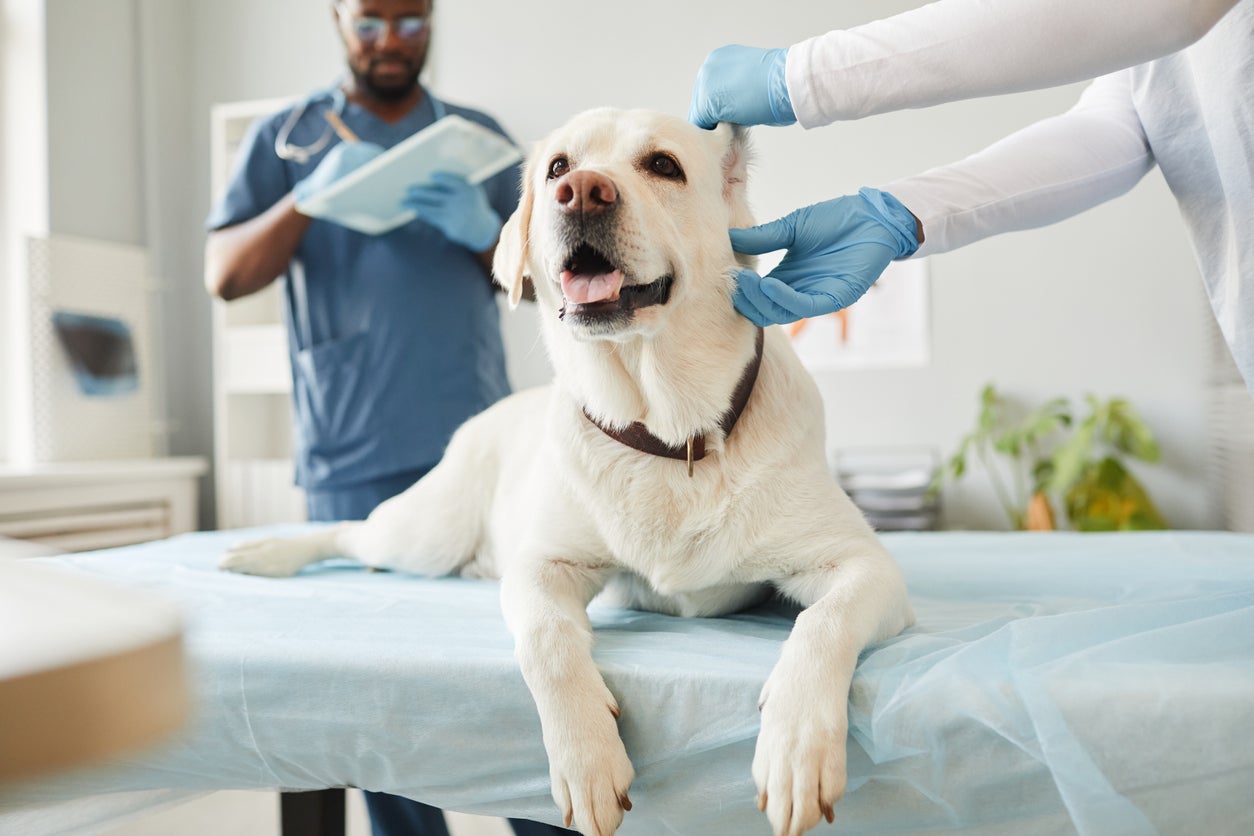If you love animals and want to help families keep their pets healthy, a career as a veterinarian can be incredibly impactful and rewarding. But, earning a veterinary degree can be expensive. According to Vet School Bound, depending on your program, veterinary school can cost anywhere from $175,000 to $450,000.
For many veterinary school students, federal student loans were the core financing tool. But, the One Big Beautiful Bill (OBBB) signed by President Trump has changed the federal financial aid system, and it will impact how veterinary school students can pay for school.
How the One Big Beautiful Bill Impacts Veterinary School Students
The OBBB was created to curb the growing student loan debt crisis, but it will have a significant effect on current and future students, particularly those pursuing pricey degrees like law school and veterinary school.
For those who hope to become veterinarians, these are three changes the OBBB you should know about:
There Are Fewer Federal Loan Options
The OBBB eliminated Grad PLUS Loans — a type of federal student loan that graduate and professional students could use to finance up to 100% of their total cost of attendance. After July 1, 2026, no more Grad PLUS Loans will be available to new students (current veterinary school students can still qualify for PLUS Loans to finish their degrees).
From July 1, 2026, on forward, the only loan option for veterinary school students will be Direct Unsubsidized Loans, which will have caps.
New Annual and Aggregate Limits Apply
With Grad PLUS Loans no longer available, Direct Unsubsidized Loans are available, but they have strict annual and aggregate borrowing limits. The OBBB set new limits for graduate and professional students.
Veterinary school students are limited to $50,000 per year, up to a lifetime maximum of $200,000.
There is also another aggregate limit that takes into consideration your undergraduate loans; your total lifetime limit is $257,500.
Repaying Your Loans May Be Trickier
While a career as a veterinarian can come with a high salary, it can take quite some time to establish your practice and earn a solid salary. Under the existing loan system, borrowers could use income-driven repayment plans to significantly reduce their payments to a more affordable level. However, the OBBB ended those plans.
Borrowers who take out federal student loans on or after July 1, 2026, will have just two repayment options: a standard 10-year repayment plan, and the new Repayment Assistance Plan. As a result, veterinary school graduates may have higher monthly payments and a more difficult time managing their debt.
4 Ways to Pay for Veterinary School After the OBBB
Now that the One Big Beautiful Bill has passed, veterinary school financing will change. For students planning to attend veterinary school for the 2026-2027 academic year, you may need to explore financing options beyond federal loans. To pay for your education, consider these four options:
1. Apply for Federal Financial Aid
The Free Application Federal Aid (FAFSA) is a critical tool to apply for federal grants and student loans. And, the FAFSA is necessary to qualify for state and institutional aid, including grants, work-study programs, and institutional loans.
2. Apply for Grants and Scholarships
- EveryCat Health Foundation: The EveryCat Health Foundation is a non-profit organization that offers scholarships to third- and fourth-year veterinary school students. Eligible students can receive up to $5,000 to help with their education costs.
- Paw Prosper: The Student of Veterinary Medicine Scholarship provides students with $1,000 scholarships for veterinary school.
- The Mike Dunn, DVM Veterinary Student Scholarship: This scholarship provides up to $35,000 per year for up to $140,000 over four years.
3. Explore State Programs
Some states have tuition assistance or student loan repayment programs in place to make it easier to become a veterinarian and to encourage vets to work in high-need areas. For example:
- California: Veterinarians who work in high-need areas with veterinary shortages can receive up to $40,000 per year in loan repayment assistance in exchange for a three-year service commitment, for a maximum of $120,000 of aid.
- Illinois: The Illinois Farm Bureau gives low-interest loans to veterinary school students. The loans don’t build interest while you’re in school, then they’re repaid over five years at a 2% annual percentage rate (APR). The loan program involves a five-year work commitment.
- Minnesota: The Minnesota Rural Veterinarian Loan Repayment program gives eligible veterinarians up to $15,000 per year in loan repayment assistance (up to a maximum of $75,000). In return, veterinarians must commit to working in rural, high-need areas for at least five years.
4. Consider Private Student Loans
Considering how expensive veterinary school can be, you may need additional financing to cover the cost. If you maximize federal financial aid, grants, scholarships, and state and institutional programs and still need cash for your remaining expenses, a private student loan can help you complete your education.
With ELFI, you can borrow up to 100% of the total cost of attendance for your veterinary program. Use the Check Your Rate tool to view your loan options and check your eligibility without impacting your credit.



